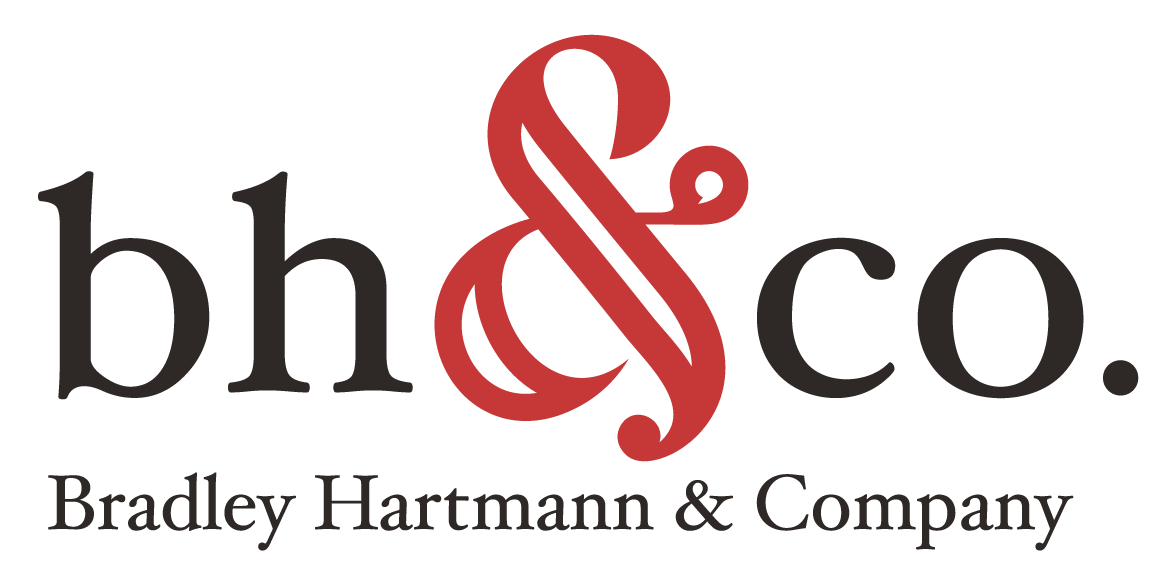The Madness Beyond March Or The Learning Is Always Optional.
I love March Madness.
It’s the one time of the year everyone makes predictions willingly—and actively monitors the results.
In March, predictions represent a competition.
The rest of the year they’re an annoyance.
Executives resist assigning confidence intervals.
Salespeople resist sales forecasts.
Undeterred, I hound these people with incessant requests to quantify their predictions.
It’s a poor way to live happily, but I do it for one reason:
The surest path to better decision-making begins with predictions.
A simple four-question framework provides immediate value to managers and executives in their decision-making process:
1. What do you want to happen?
2. What do you think will happen?
3. On a scale of 0-100, how confident are you it will happen?
4. Why do you think that?
Ask the questions.
Document the answers.
Let life unfold.
Then reflect.
Happiness = Reality - Expectations
If this equation is true and we desire more happiness—on the job and otherwise—it would reason to spend more time contemplating our expectations.
But we don’t.
On matters large (How effective do you think Sam will be as COO?) and small (Which font will resonate most with our team on this handout?), we are constantly setting expectations.
That is, we are constantly making predictions.
The problem isn’t that we don’t make enough predictions.
It’s that we don’t document them.
Without documentation, we deprive ourselves and our teams of learning—about ourselves and each other and how accurately we view the world.
The Story We Tell Ourselves Isn’t The Story.
Generally speaking, there are only four outcomes in life:
1. Correct underlying assumptions + Correct prediction
2. Correct underlying assumptions + Incorrect prediction
3. Incorrect underlying assumptions + Correct prediction
4. Incorrect underlying assumptions + Incorrect prediction
Regardless of the outcome, understanding why—the learning—is critical for the future navigation of life’s uncertainties.
And the learning is always optional.
Without documentation of our predictions and our underlying assumptions, we swap the potential for learning with the narrative fallacy.
The narrative fallacy is our human inclination to leverage the power of hindsight (we now know what happened) to pave over the giant potholes in our incorrect predictions.
Our minds rewrite the past to make the outcomes seem more likely, to make the results seem more obvious.
“Of course Purdue can win it all this year,” can quickly morph into “Of course smaller, faster teams knocking down threes can beat teams built around seven-footers!”
The difference between intentional learning and inadvertent fictional story-telling is prediction.
So how do you develop a discipline of prediction?
There are 5 steps:
I. Predict future results
It all starts with making a prediction. I typically ask people to state their confidence level on a scale of 0-100.
II. Perform key activities
This is the only step that happens automatically. The work (or some version of it) nearly always gets done.
III. Analyze results vs. predictions
Time must be scheduled to examine the variance, if any, between what was predicted to happen and what actually happened.
IV. Develop insights
Intentionally developing insights is a different activity than analyzing results. Evaluating the underlying assumptions, regardless of the accuracy of the prediction, is important here. Making accurate predictions on top of incorrect assumptions is a time for learning, not celebration.
V. Apply insights
Insights are largely worthless if not used to drive different behaviors.
I filled out one bracket this year for March Madness.
I felt fairly confident I’d finish somewhere around the middle of the pack.
Among 96 people in this pool, I expected to finish around the average, somewhere between 45 and 50. This seemed like a mathematically intelligent prediction.
I am in 92nd place.
So very, very far from average.
But now that I have watched quite a few games, I have a few more predictions. On a scale of 0-100, I’m 67 percent confident in this 3-team parlay here.
After all, my predictions must average out, sooner or later.
Right?
Final Four
UConn over Miami
FAU over San Diego State
Championship
UConn 79
FAU 62


